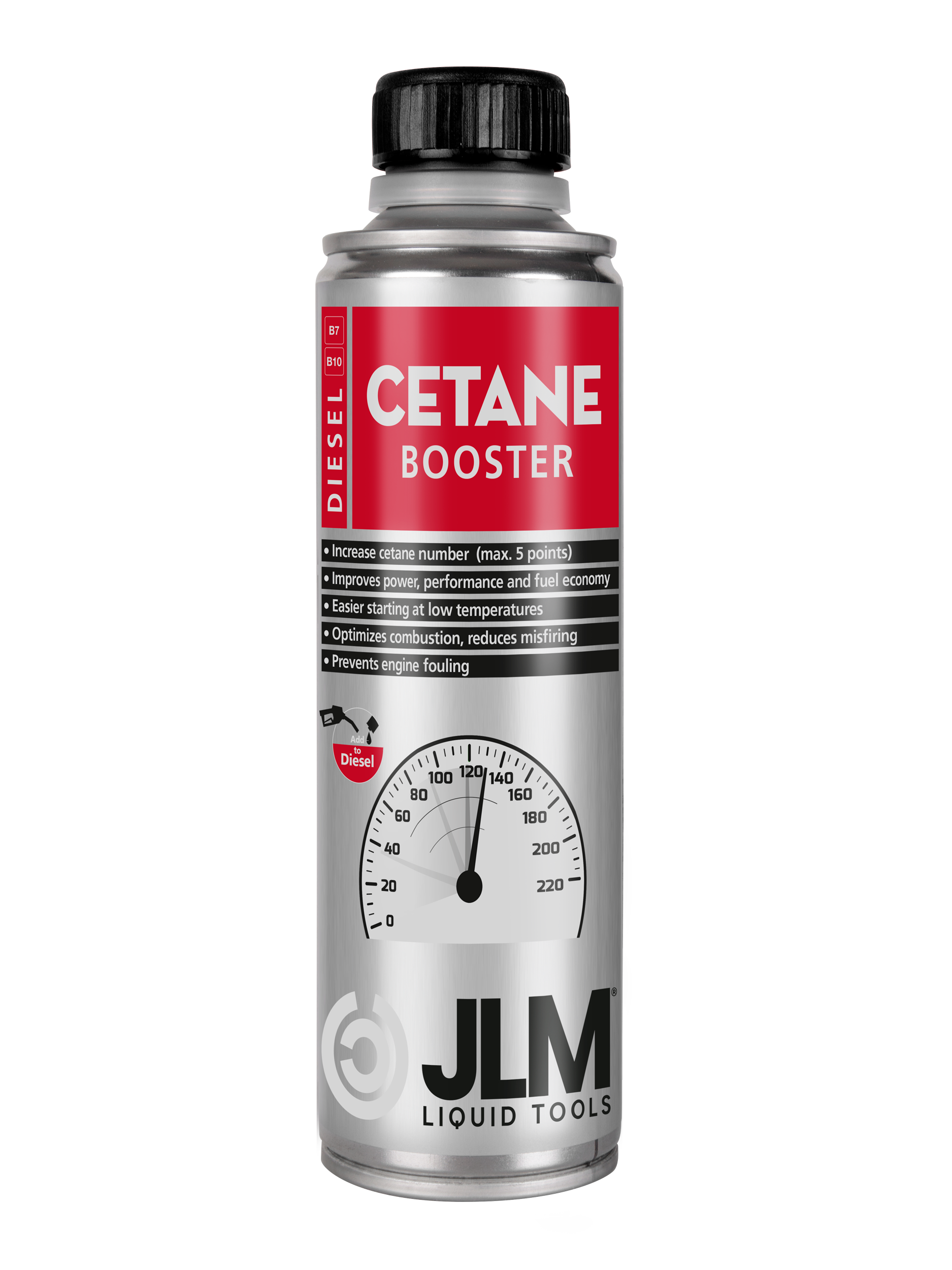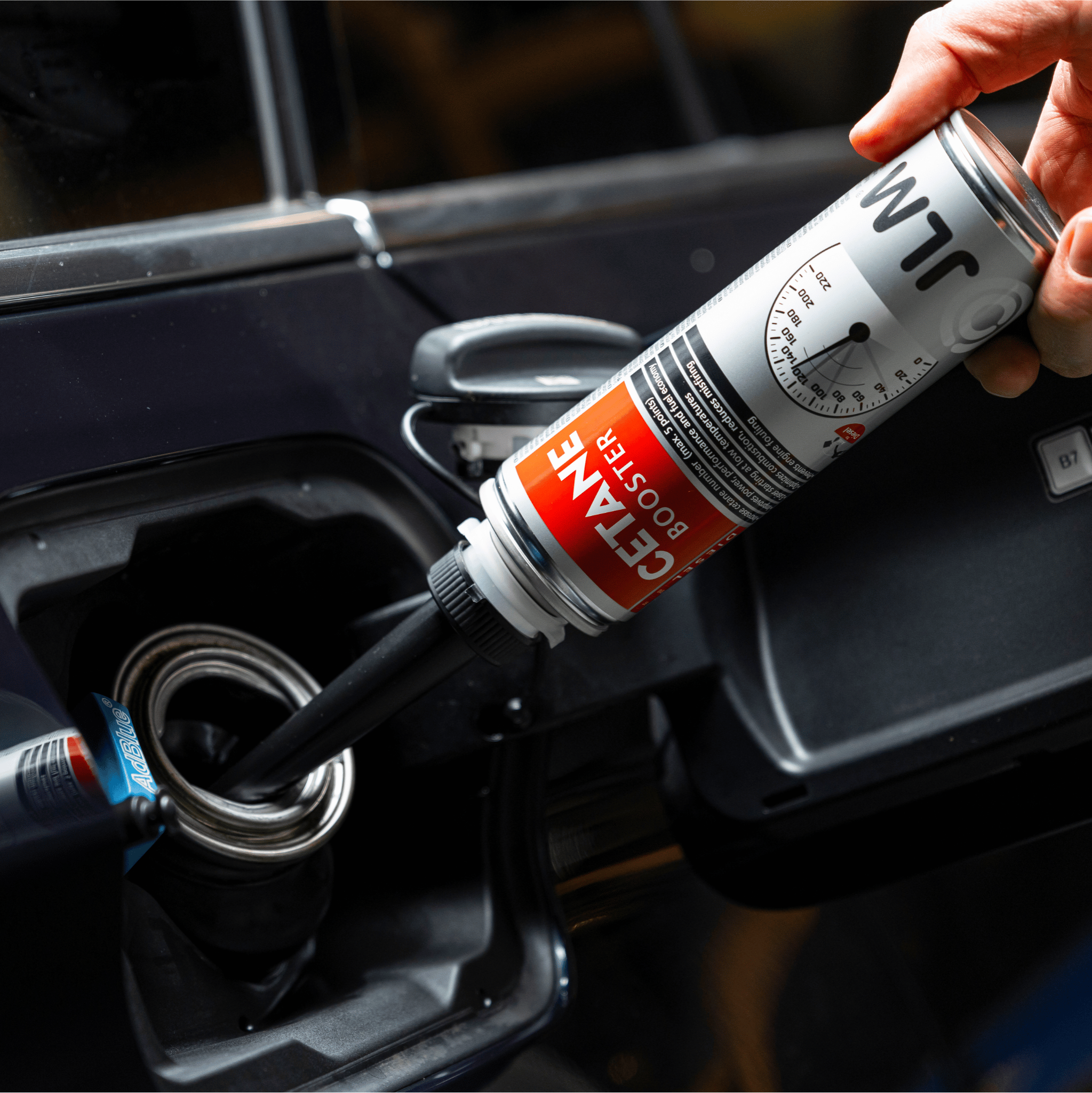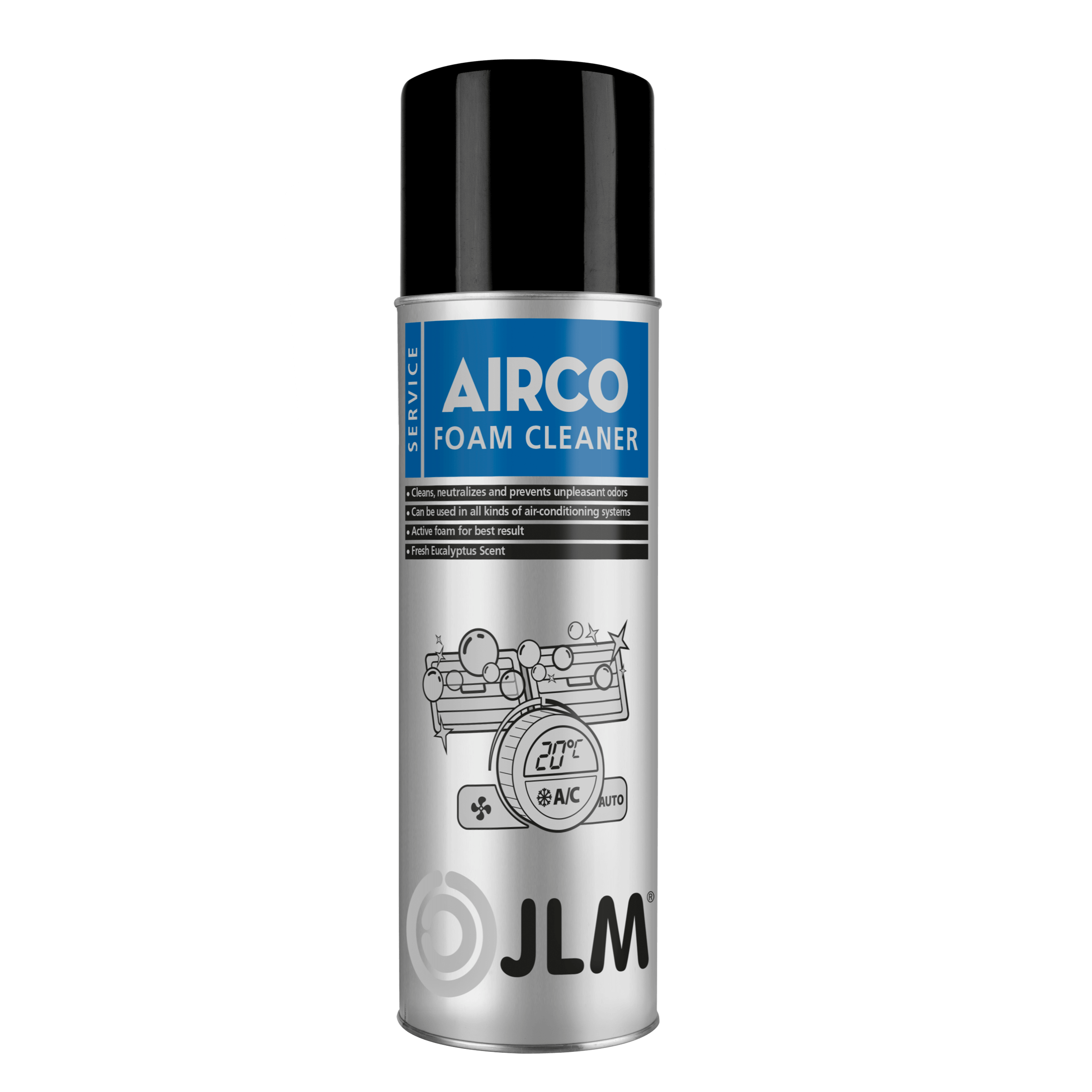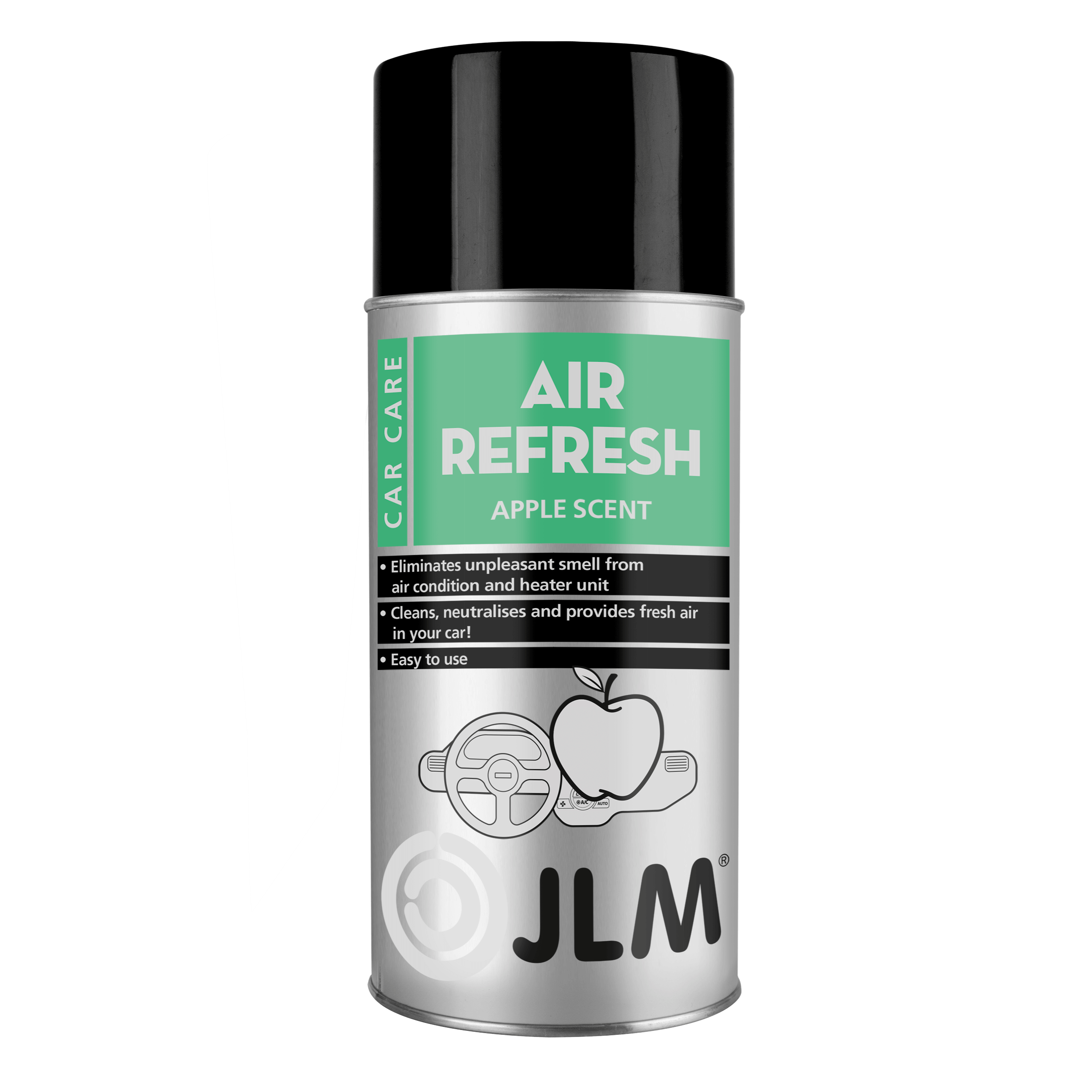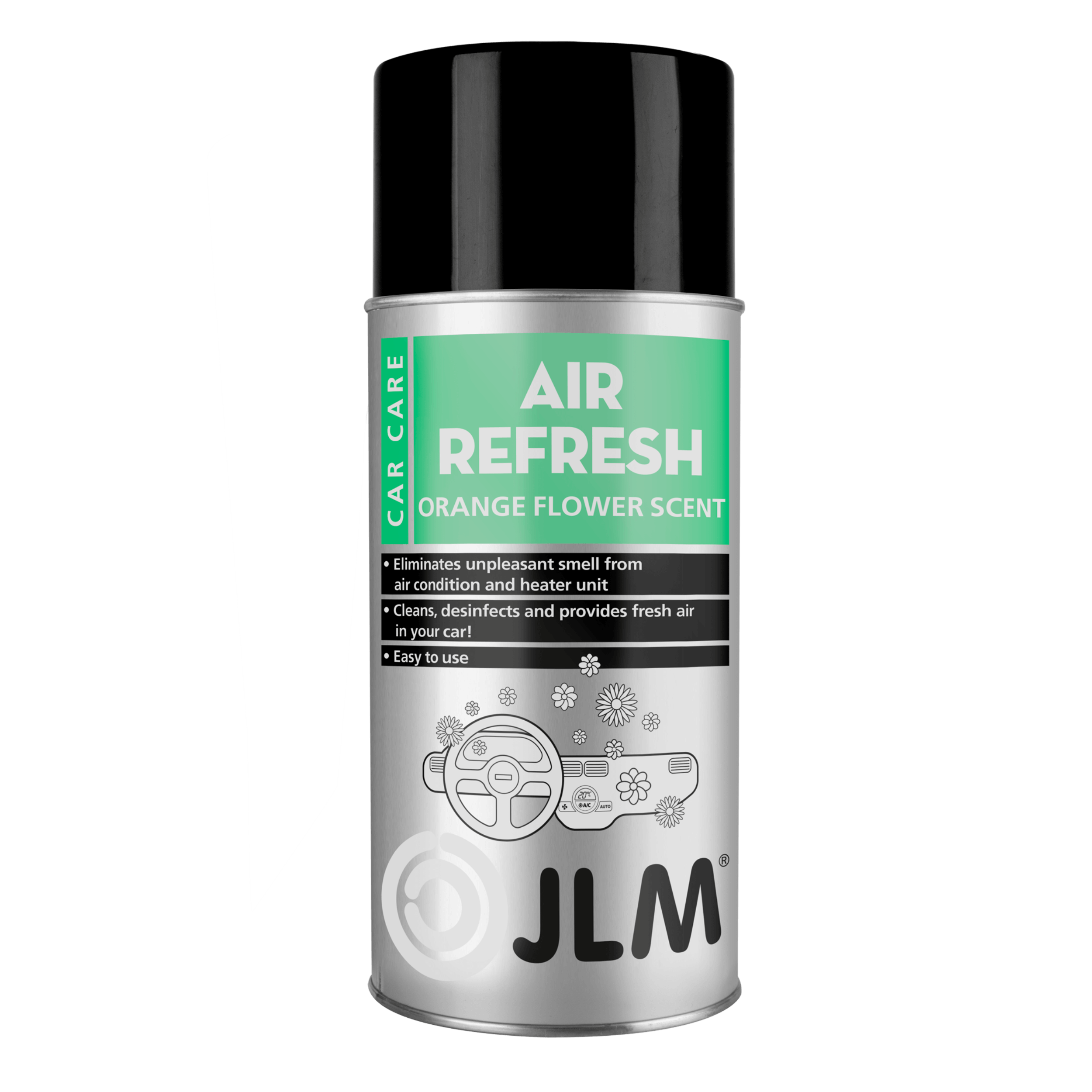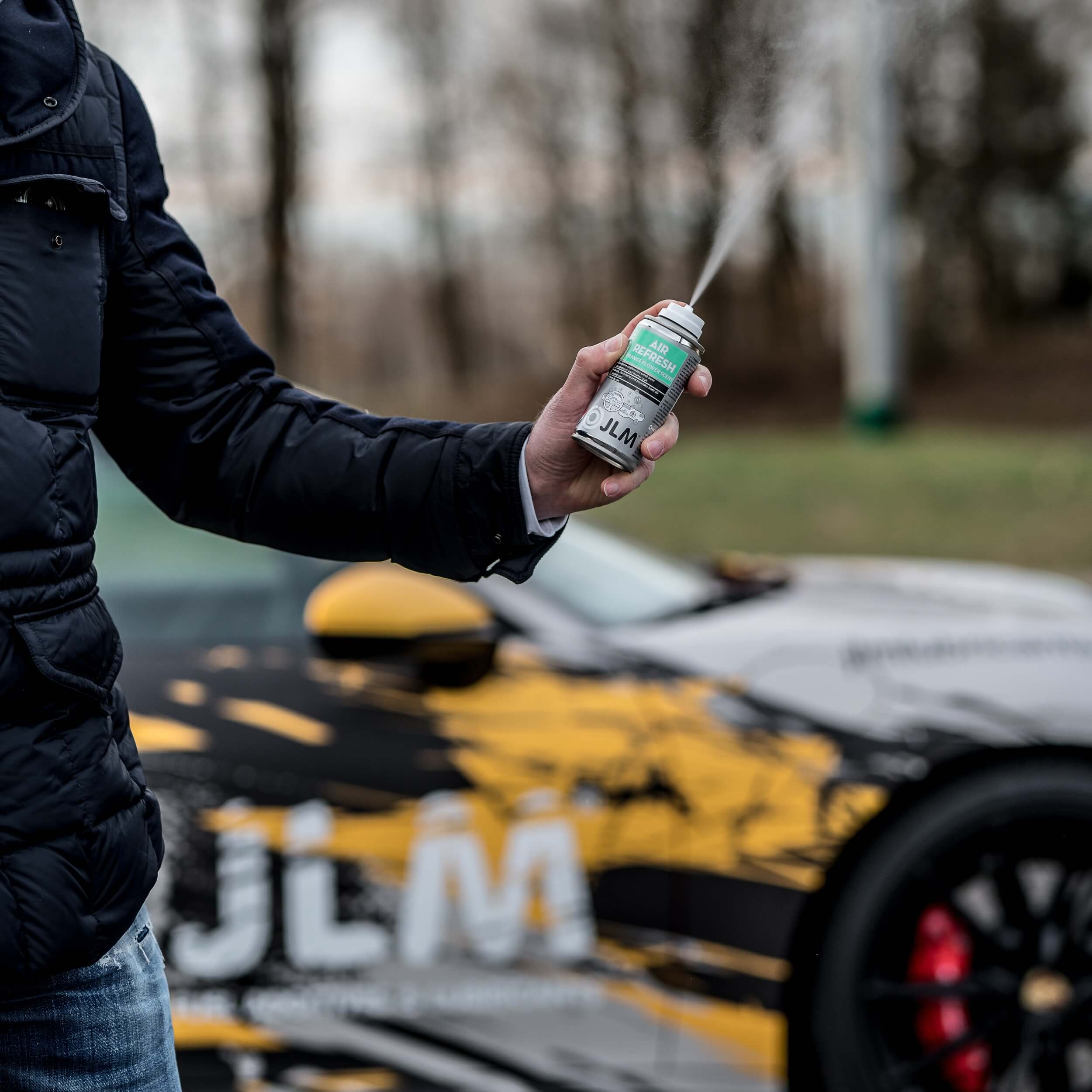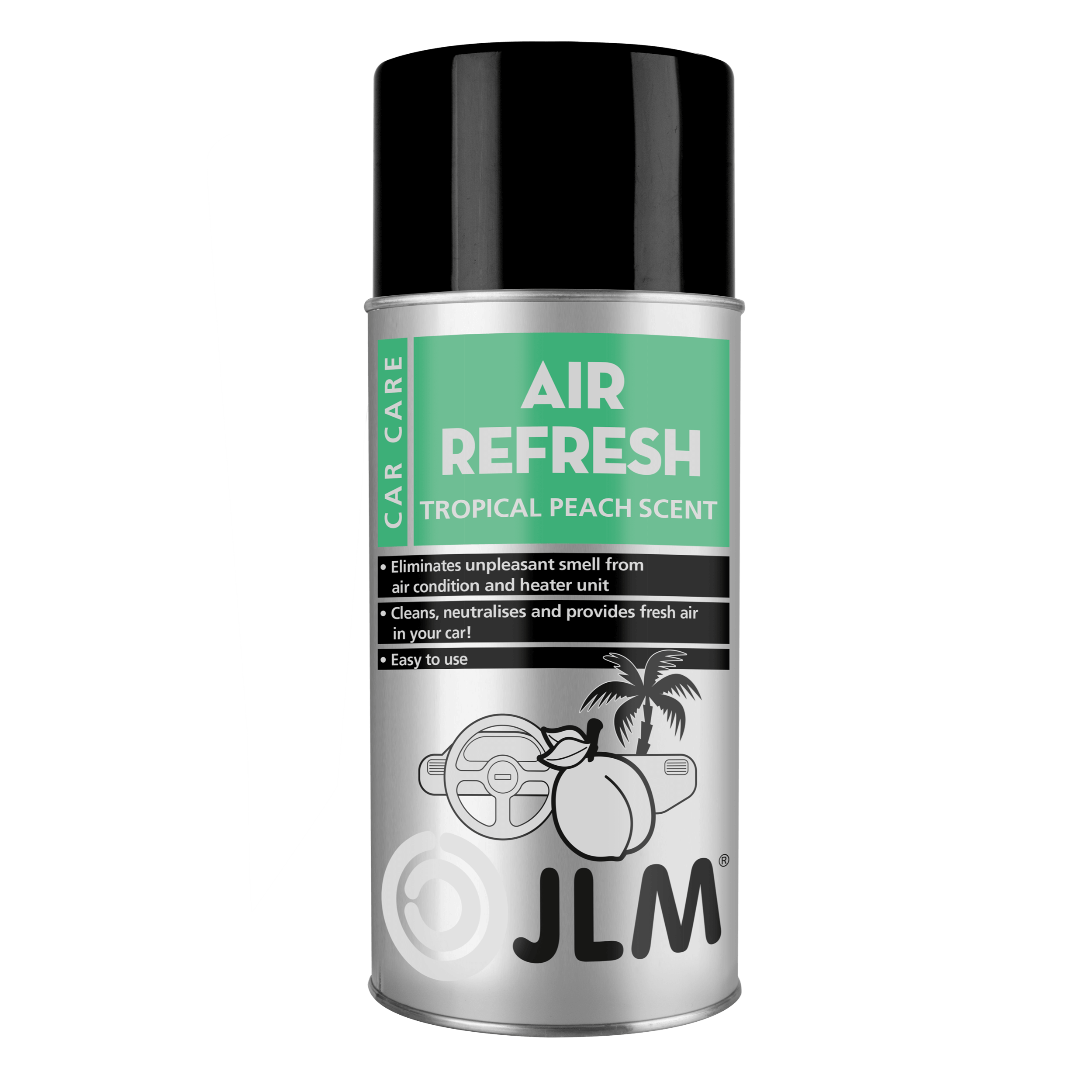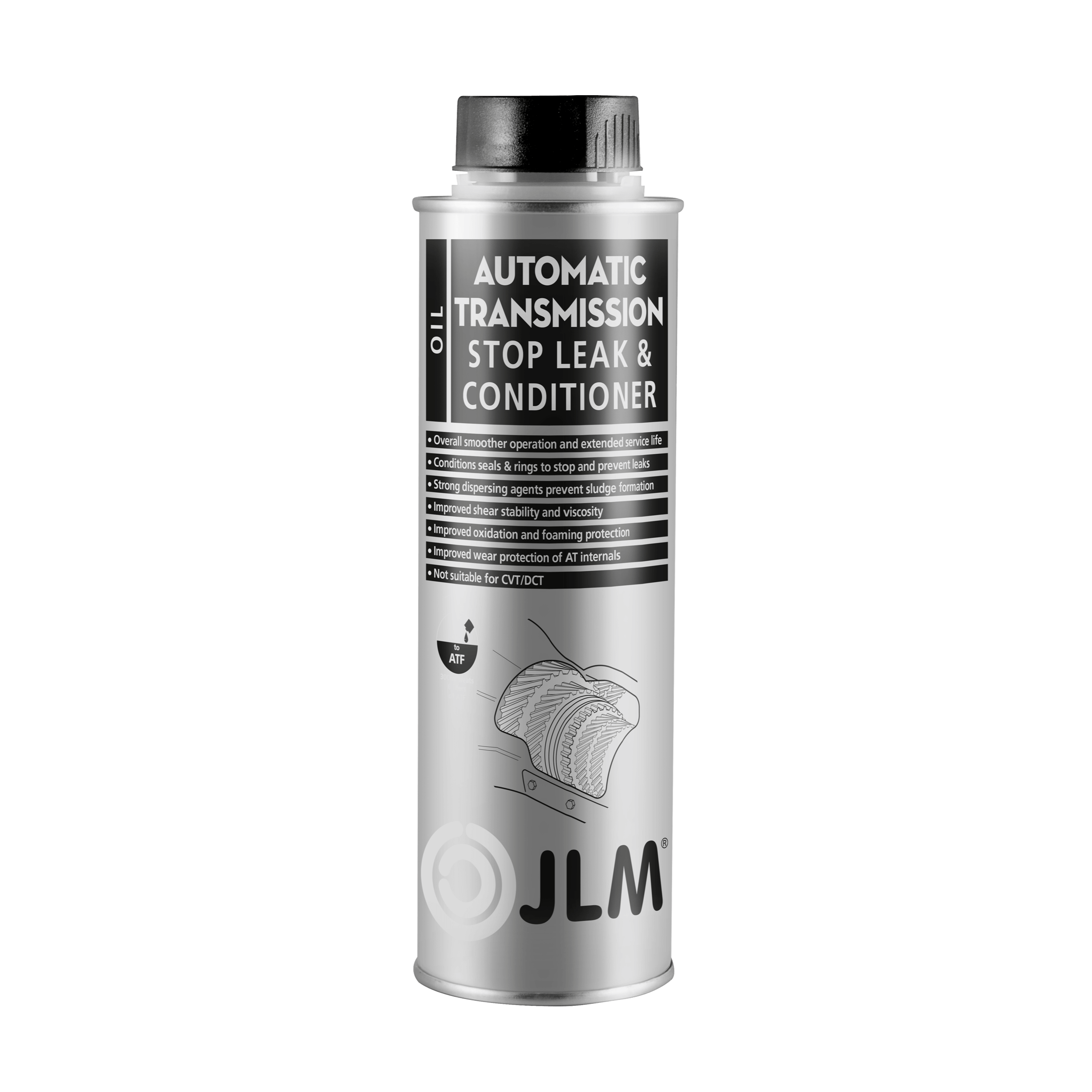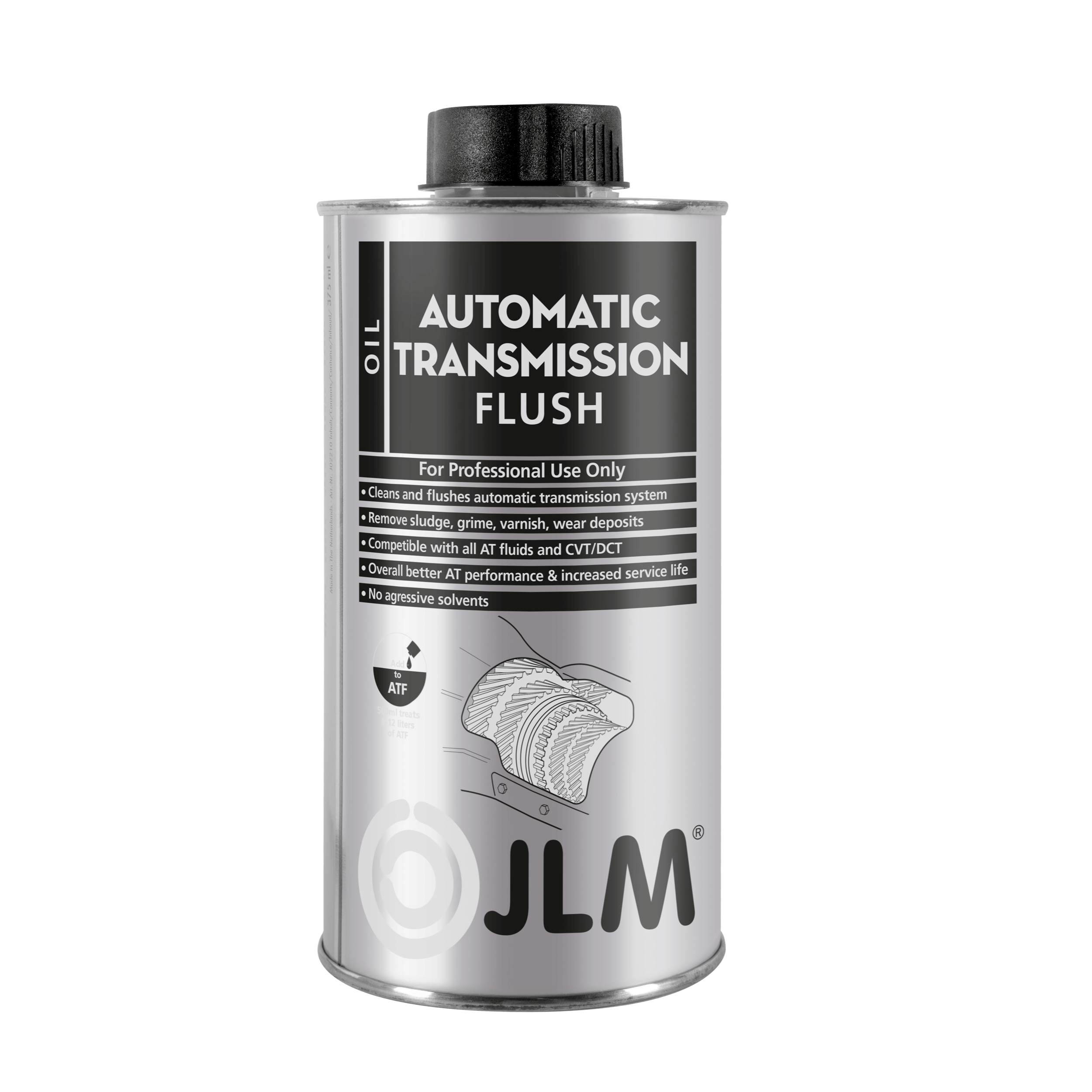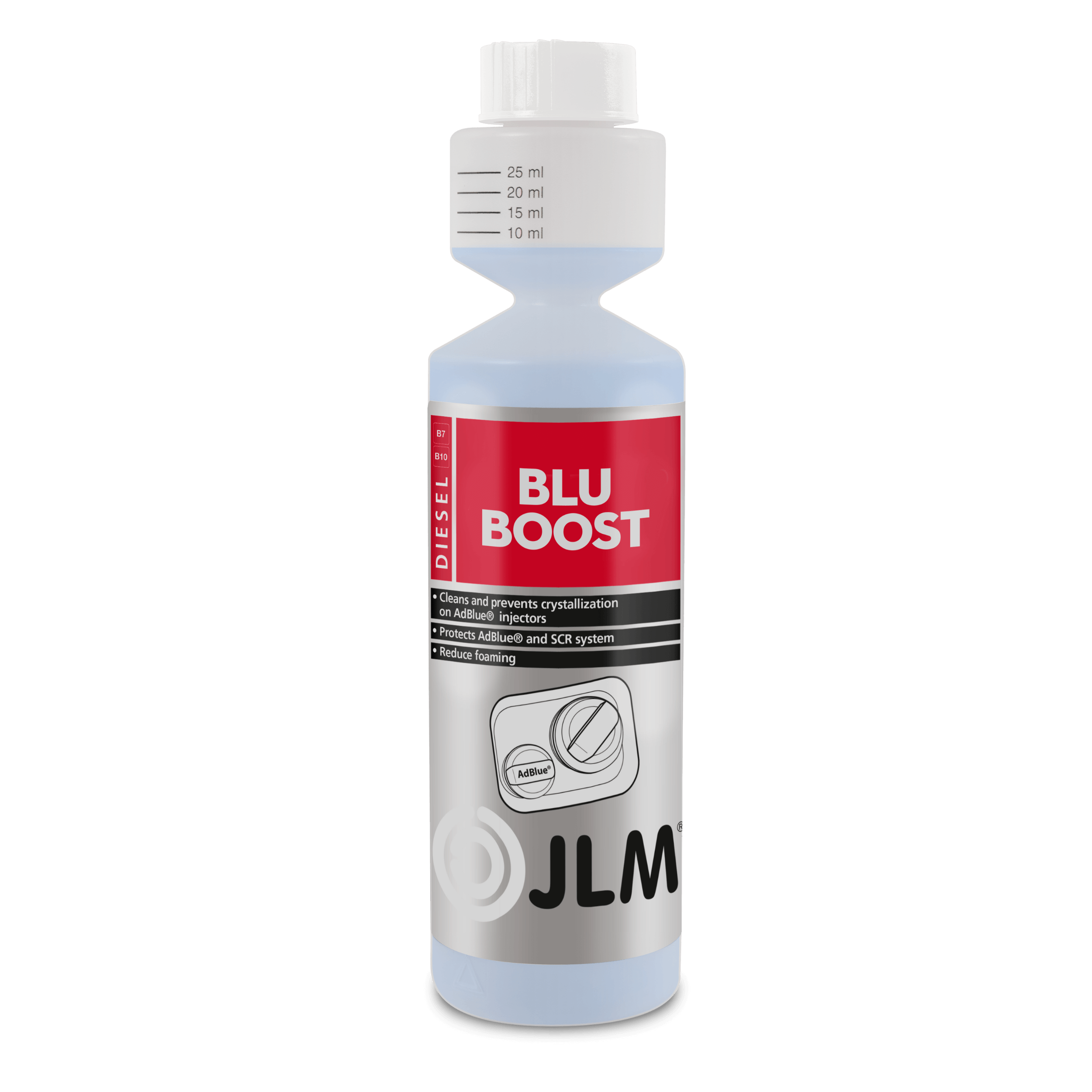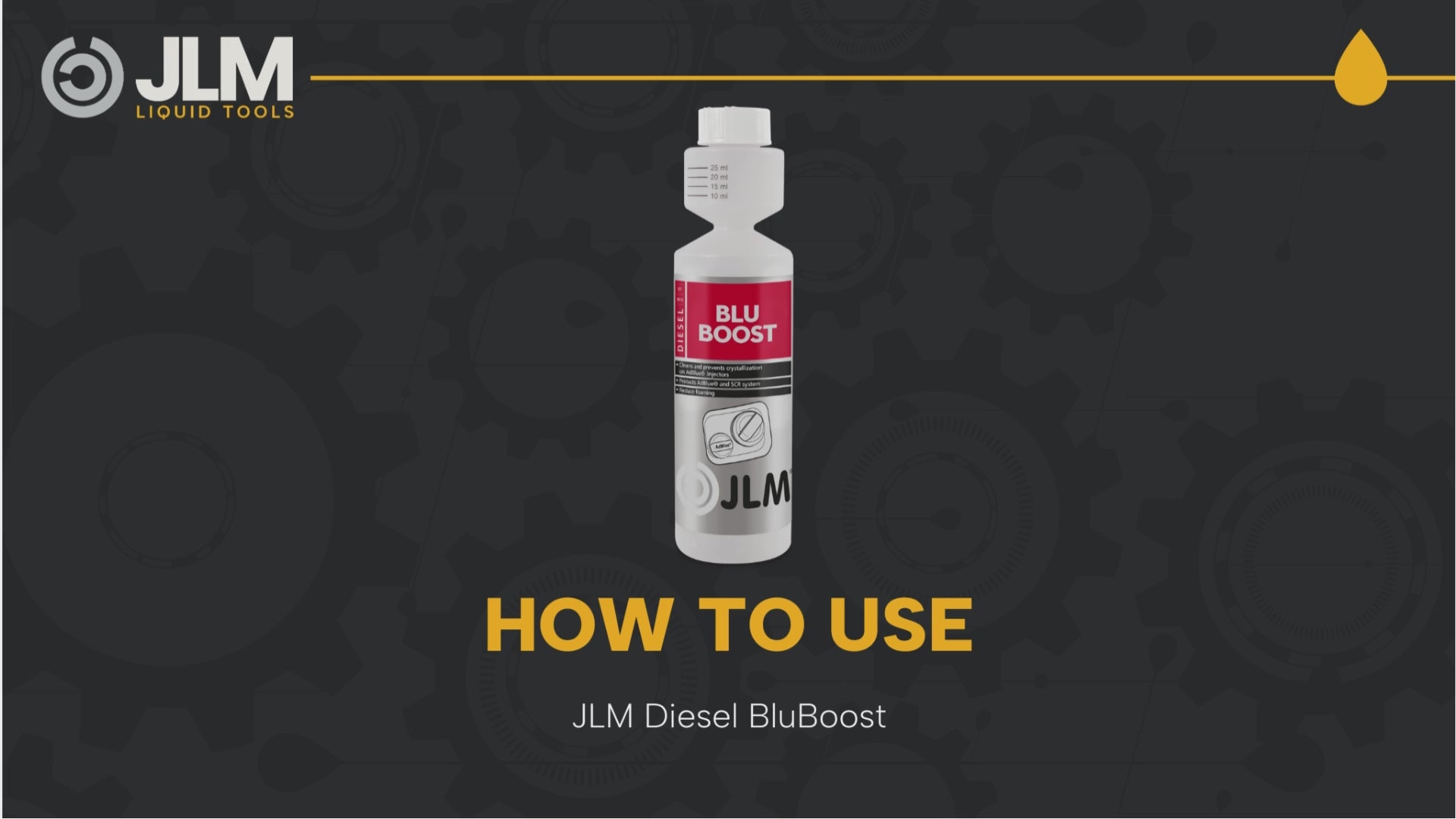
Diesel Particulate Filters (DPFs) and Turbochargers
Causes, effects and diagnosis of common problems associated with these two important components present on most modern diesel engines.
Diesel Particulate Filters (DPFs) perform an important function in modern diesel-powered cars. They capture and store exhaust soot and ash in a honeycomb-shaped substrate made from a special, ceramic material. Those particulates are then burned off as the filter regenerates.
However, when a DPF does not reach the temperature required to burn off the soot and ash trapped inside the ceramic honeycomb filter, these particulates will build up and eventually prevent the DPF from working properly. What follows is a loss of performance, lack of power and torque, but perhaps more importantly, a blocked DPF can have a flow-on effect on your turbo's reliability and longevity.

Here’s a breakdown of symptoms, their underlying causes, and effects you can expect when a blocked DPF starts affecting your turbocharger:
1. Loss of Power / Poor Acceleration
Cause: Exhaust backpressure from a blocked DPF reduces exhaust flow to the turbocharger turbine.
Effect: Turbo cannot generate sufficient boost; engine feels flat and unresponsive.
Solution: Diagnose DPF backpressure with a differential pressure test, using a Manometer. Pressure should read around 10Mb. Clean or replace DPF, verify turbo boost levels after repair.

2. Delayed Turbo Spool / Turbo Lag
Cause: Restricted exhaust flow slows turbine acceleration.
Effect: Noticeable lag between throttle input and boost response, especially at low RPM.
Solution: Inspect and rectify or clean DPF blockage; check for carbon build-up on turbine wheel; recalibrate boost control if needed.
3. Turbocharger Overheating
Cause: High backpressure increases exhaust gas temperature upstream, overheating turbo bearings and housing.
Effect: Premature bearing wear, oil breakdown, and potential cracking of turbine housing.
Solution: Replace or clean DPF. Inspect turbo oil feed and return lines for coking. Replace heat-damaged components.
4. Unusual Turbo Noise (Whistling, Siren, Screech)
Cause: Abnormal turbine loading or bearing wear due to backpressure or oil starvation.
Effect: Progressive damage to turbine/compressor wheels, risk of catastrophic turbo failure.
Solution: Rectify DPF blockage. Inspect turbo bearings for wear. Replace damaged turbo if noise persists.
5. Oil Leaks into Turbocharger Housings
Cause: Backpressure forces gases past turbo seals or overheats oil, breaking down seal integrity.
Effect: Blue smoke from exhaust, oil contamination of intercooler and intake system, loss of lubrication.
Solution: Replace or clean DPF. Inspect turbo seals. Clean intercooler and intake piping. Replace turbo if seals are compromised.

6. Frequent Limp Mode Activation
Cause: ECU detects excessive exhaust backpressure via pressure sensors.
Effect: Engine reduces boost and limits RPM to protect components from overpressure damage.
Solution: Verify DPF blockage with scan tool readings. Repair or replace DPF. Clear error codes and perform test drive under load.
7. Boost Pressure Fault Codes (P0234 – Over boost / P0299 – Under boost)
Cause: Abnormal exhaust dynamics from blocked DPF affecting turbo control.
Effect: Over boost can damage pistons/valves; under boost reduces performance and fuel efficiency.
Solution: Repair DPF blockage. Inspect and free VGT vanes if fitted. Check actuator operation and recalibrate if necessary.

8. Soot / Carbon Build-Up on Turbocharger Components
Cause: Prolonged soot-rich exhaust backflow toward turbine and variable vanes.
Effect: Sticking vanes, reduced efficiency, eventual turbo seizure if unaddressed.
Solution: Clean or replace DPF. Dismantle and clean turbocharger. Ensure engine combustion efficiency is restored to prevent recurrence.

In order to keep your diesel engine and its turbocharger operating at optimal efficiency the DPF must, likewise, be working at its full capacity. Here are the ten most common causes of a DPF blockage:
1. Short trips / stop–start driving
Symptoms: Frequent DPF warnings, reduced performance, increased fuel consumption,
Cause: Engine never reaches optimal temperature for passive regeneration.
Effect: Soot accumulates rapidly, triggering early blockage.
Solution: Incorporate regular long drives (highway speeds) or perform manual regeneration.
2. Faulty exhaust gas temperature or pressure sensors
Symptoms: DPF regeneration not initiating, fault codes logged, limp mode.
Cause: Incorrect readings prevent ECU from starting regeneration.
Effect: Progressive soot accumulation leading to blockage.
Solution: Test sensors with diagnostic tools, replace faulty units, clear codes.
3. EGR valve issues (valve stuck open)
Symptoms: Rough idle, black smoke, increased soot load, reduced performance.
Cause: EGR valve stuck open increases recirculated exhaust gases.
Effect: Incomplete combustion and higher soot production.
Solution: Clean or replace EGR valve, update ECU software if needed.

4. Poor-quality or incorrect engine oil
Symptoms: Excessive ash content in DPF, faster clogging despite regenerations.
Cause: High-ash oils leave non-combustible deposits in DPF.
Effect: Permanent ash build-up reducing filter capacity.
Solution: Switch to low-SAPS (low ash) oil meeting manufacturer spec, replace DPF if saturated.
5. Fuel injector faults
Symptoms: Black smoke, poor fuel economy, unburnt fuel smell, high soot levels.
Cause: Over-fuelling from leaking or worn injectors.
Effect: Rich combustion leads to excess soot generation.
Solution: Test and replace faulty injectors, recalibrate injection system.
6. Turbocharger problems
Symptoms: Oil in exhaust, low boost, whistling noise, blue/black smoke.
Cause: Oil seal failure or low boost pressure from worn turbo.
Effect: Oil burns in exhaust, creating ash and soot.
Solution: Repair or replace turbocharger, check oil supply lines and intercooler.
7. Failed or interrupted regeneration cycles
Symptoms: DPF warning light, repeated fault codes, incomplete regens on live data.
Cause: Engine shutdowns or poor regen conditions (temp, load).
Effect: Unburnt soot accumulates past regen capacity.
Solution: Diagnose cause of regen interruption, initiate forced regen, resolve underlying issue.
8. Intake system leaks
Symptoms: Hissing noise, reduced power, increased fuel consumption, black smoke.
Cause: Split hoses or loose clamps allowing unmetered air in.
Effect: ECU fuel-air calculations incorrect, causing soot.
Solution: Pressure test intake system, replace damaged hoses/seals.

9. Glow plug or heater circuit failure
Symptoms: Hard cold starts, white smoke on startup, increased soot after cold starts.
Cause: Faulty glow plugs or control module.
Effect: Poor combustion during warm-up creates extra soot.
Solution: Test glow plug resistance, replace defective plugs/module.
10. Poor fuel quality
Symptoms: Increased soot production, injector wear, rough running.
Cause: High-sulphur or contaminated diesel.
Effect: Incomplete combustion and more DPF loading.
Solution: Drain and replace fuel, clean fuel system, source quality diesel.

